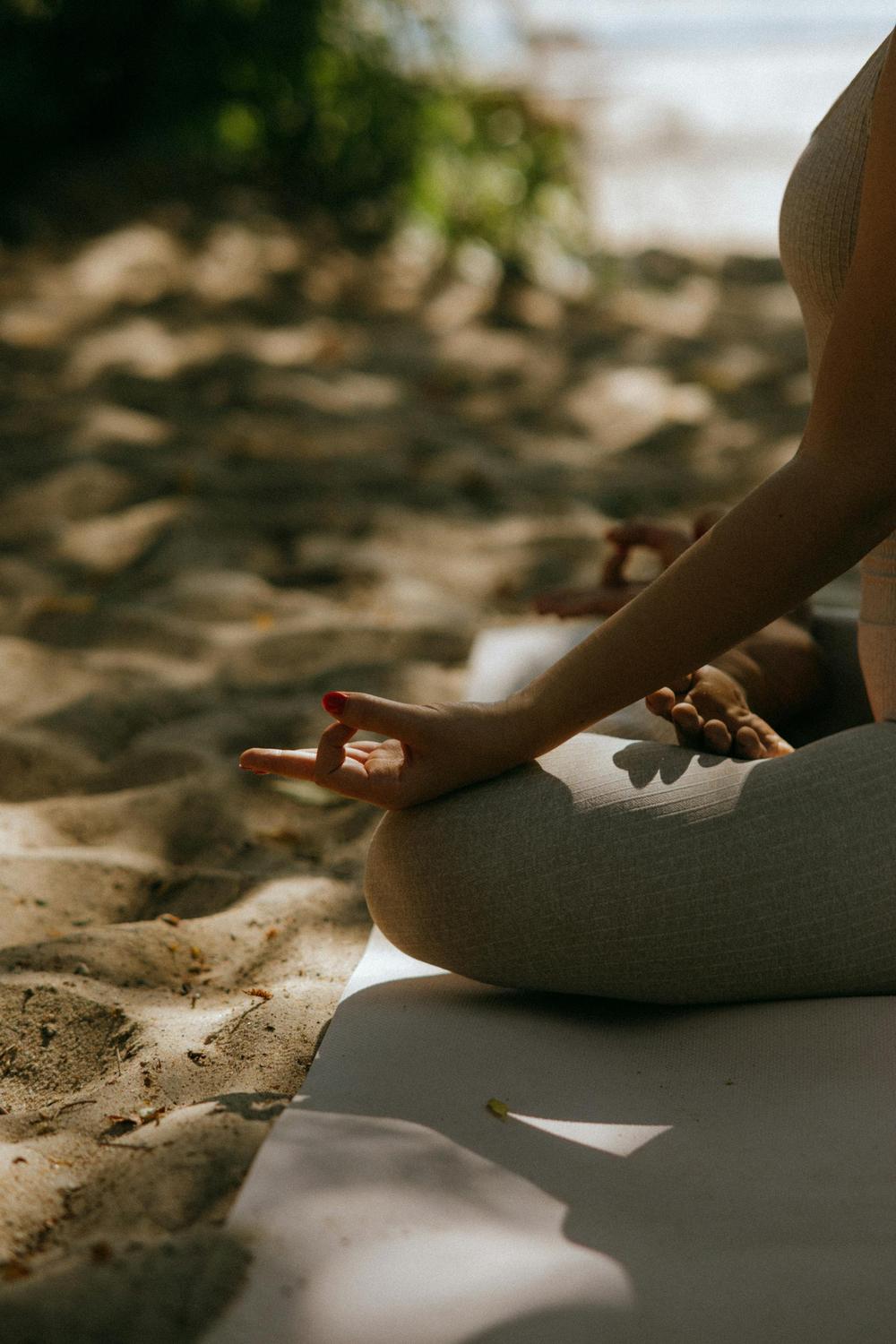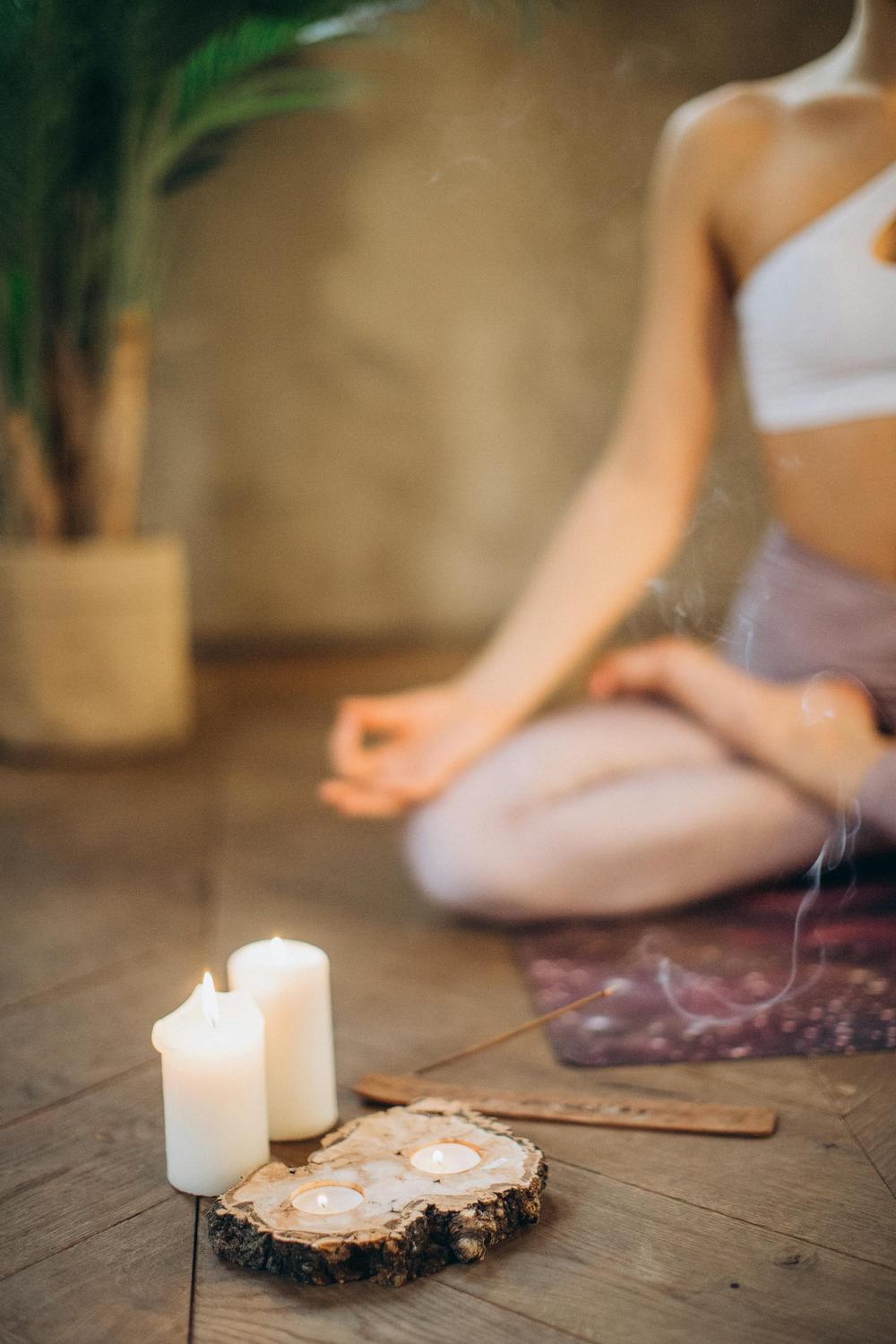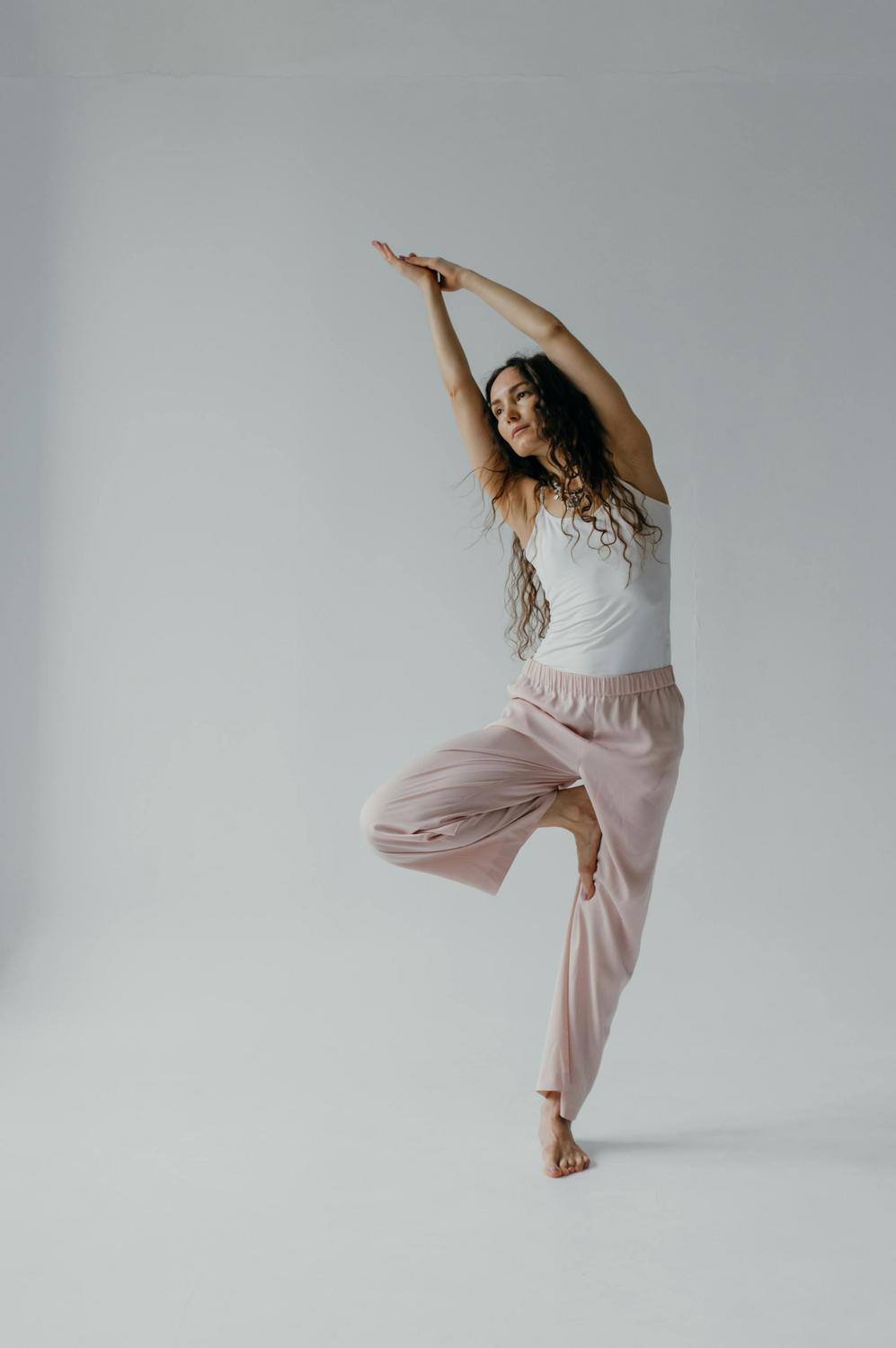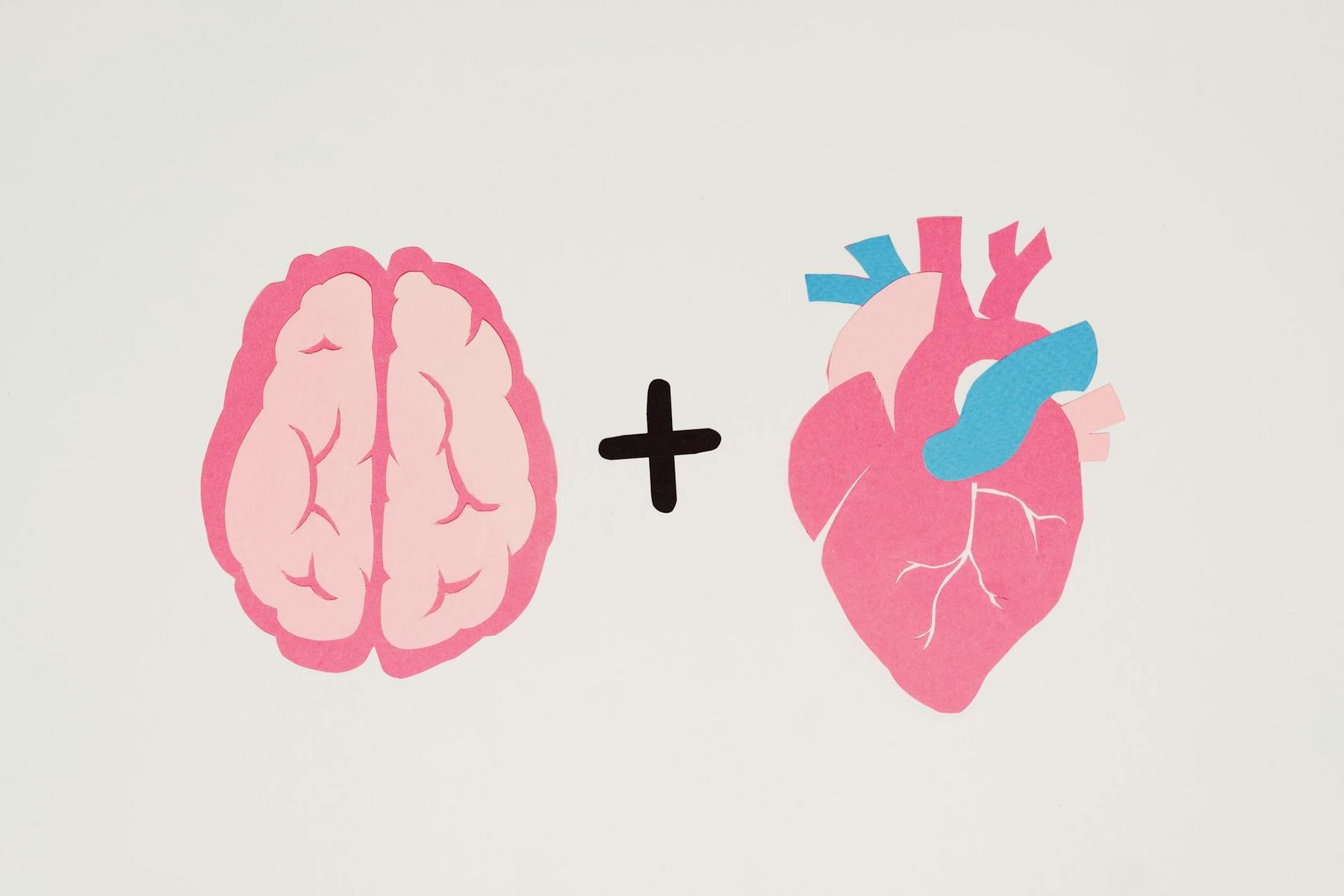In an era where screens dominate our attention and sedentary lifestyles have become the norm, many Australians find themselves yearning for practices that reconnect mind and body. The disconnect between our mental and physical selves manifests in countless ways—tension held in the shoulders, shallow breathing patterns, and a persistent sense of being “stuck” despite leading objectively busy lives. This search for integrated wellness has led an increasing number of people to explore ancient movement traditions, with qi gong emerging as one of the most accessible yet profoundly transformative practices available.
What Is Qi Gong and Where Did This Ancient Practice Originate?
Qi gong (pronounced “chee-gong”) translates literally to “energy cultivation” or “working with life force energy,” comprising two Chinese characters: qi (氣), meaning vital energy or life force, and gong (功), meaning skill cultivated through steady practice. At its essence, qi gong represents a comprehensive system of coordinated body postures, movements, breathing techniques, and meditative focus designed to enhance the body’s natural capacity for balance and vitality.
The historical roots of qi gong extend back over 4,000 years, intertwining with the development of Traditional Chinese Medicine (TCM) and various philosophical traditions including Taoism, Buddhism, and Confucianism. Archaeological evidence suggests that qi gong-like practices existed during the Shang Dynasty (1766-1122 BCE), with bronze vessels depicting figures in recognisable qi gong postures. The practice evolved through distinct periods, with different schools and lineages developing unique approaches whilst maintaining core philosophical principles.
During the Han Dynasty (206 BCE – 220 CE), qi gong became more systematised, with practitioners documenting specific sequences and their intended effects on the body’s energy systems. The practice flourished in monasteries and amongst scholars, martial artists, and physicians who recognised its potential for maintaining physical resilience and mental clarity. However, it wasn’t until the mid-20th century that the term “qi gong” itself became widely adopted as an umbrella term for these diverse energy cultivation practices.
The fundamental premise underlying all qi gong traditions centres on the concept of qi—the vital energy that Chinese philosophy posits flows through all living things. Traditional theory suggests this energy moves through specific pathways called meridians, and when qi flows freely and abundantly, the individual experiences greater vitality. Conversely, when qi becomes blocked, deficient, or excessive, imbalances may manifest. Qi gong practice aims to regulate and harmonise this energy through intentional movement, breath, and mental focus.
How Does Qi Gong Work? Understanding Energy and Movement Principles
The operational framework of qi gong rests on several interconnected principles drawn from Traditional Chinese Medicine and ancient Chinese philosophy. Understanding these foundational concepts provides insight into why practitioners approach the movements with such deliberate attention and presence.
The Three Treasures: Body, Breath, and Mind
Qi gong practice integrates what traditional Chinese philosophy calls the “Three Treasures” or San Bao: jing (essence or physical body), qi (energy or breath), and shen (spirit or mind). Effective practice requires simultaneous attention to all three components, creating a unified experience rather than fragmented focus on isolated elements.
Physical movements in qi gong are characteristically slow, fluid, and circular, designed to maintain relaxed yet engaged muscle tone throughout the body. This quality of movement differs markedly from the locked positions of static stretching or the explosive power of athletic training. The deliberate pace allows practitioners to maintain continuous awareness of their bodies’ positioning in space whilst identifying and releasing unnecessary tension.
Breath serves as the bridge between physical form and mental awareness. Qi gong emphasises natural, diaphragmatic breathing that originates from the lower abdomen rather than shallow chest breathing. This breathing pattern, often described as “reverse” or “embryonic” breathing in certain advanced forms, is believed to facilitate deeper circulation of qi throughout the body’s meridian system.
Mental focus completes the triad, with practitioners directing their attention inward to track sensations, maintain present-moment awareness, and sometimes visualise energy pathways. This cognitive component transforms what might otherwise be simple calisthenics into a deeply meditative practice.
Meridian Theory and Energy Pathways
Central to understanding qi gong’s theoretical framework is the concept of meridians—twelve primary channels through which qi is believed to flow. Each meridian corresponds to specific organ systems and follows defined pathways through the body. Qi gong movements are often designed to stretch, compress, or otherwise influence these meridian pathways, theoretically facilitating smoother energy flow.
The practice also emphasises specific points along these meridians, including the dantian—energy centres located in the lower abdomen (primary), chest, and head. The lower dantian, positioned approximately three finger-widths below the navel, receives particular attention as the body’s primary energy reservoir. Many qi gong exercises begin and end with awareness focused on this central point.
Yin-Yang Balance
Qi gong philosophy incorporates the principle of yin and yang—complementary opposites that exist in dynamic balance. Movements alternate between contracting and expanding, rising and sinking, opening and closing. This rhythmic alternation is thought to cultivate balance within the body’s energy systems, preventing the stagnation that might arise from sustained static positions or repetitive one-directional movements.
What Are the Core Components of Qi Gong Practice?
While qi gong encompasses numerous schools and styles, certain core components remain consistent across most traditions. Understanding these elements helps practitioners approach their practice with appropriate awareness and intention.
Physical Posture and Alignment
Proper structural alignment forms the foundation of effective qi gong practice. Key postural elements include:
- Rooted stance: Feet positioned shoulder-width apart with weight evenly distributed, creating a stable base
- Relaxed knees: Slightly bent to facilitate energy flow and prevent locked joints
- Neutral pelvis: Neither tilted forward nor tucked under, allowing natural lumbar curve
- Suspended head: Crown of the head gently lifted as if suspended by a string, elongating the spine
- Relaxed shoulders: Dropped away from ears, creating space in the upper body
- Sunken chest: Slightly hollow rather than puffed out, encouraging deeper breathing
These postural guidelines serve not merely as aesthetic ideals but as structural configurations believed to optimise energy circulation whilst reducing unnecessary physical strain.
Breathing Techniques
Qi gong incorporates various breathing patterns, with natural abdominal breathing serving as the foundation. As practitioners advance, they may explore:
- Reverse breathing: Abdomen contracts on inhalation and expands on exhalation
- Turtle breathing: Extended exhalations followed by brief breath retention
- Six healing sounds: Specific vocalisations paired with breath for different organ systems
Regardless of the specific technique employed, breath remains smooth, quiet, and coordinated with movement—inhalation typically accompanying opening or rising movements, whilst exhalation pairs with closing or sinking actions.
Movement Sequences
Qi gong movements range from static standing postures (zhan zhuang) to dynamic flowing sequences. Common movement characteristics include:
- Circular rather than linear pathways
- Continuous flow without abrupt stops
- Coordinated engagement of the entire body
- Alternation between expansion and contraction
- Integration of spiralling motions
Popular sequences include the Eight Pieces of Brocade (Baduanjin), Five Animal Frolics (Wu Qin Xi), and Six Healing Sounds, each comprising specific movements targeting different aspects of wellbeing.
Meditative Focus
The mental component distinguishes qi gong from purely physical exercise. Practitioners cultivate:
- Present-moment awareness of bodily sensations
- Observation of breath without forceful control
- Visualisation of energy movement through specific pathways
- Release of extraneous thoughts without forceful suppression
- Maintenance of relaxed alertness throughout practice
This meditative quality transforms practice into what might be termed “moving meditation,” where the body becomes the anchor for awareness rather than the breath alone.
How Is Qi Gong Different from Tai Chi and Yoga?
Many individuals exploring mindful movement practices wonder how qi gong distinguishes itself from seemingly similar disciplines. Whilst these practices share certain commonalities—emphasis on breath awareness, mind-body integration, and gentle movement—significant differences exist in their origins, philosophical frameworks, and practical applications.
| Aspect | Qi Gong | Tai Chi | Yoga |
|---|---|---|---|
| Origin | Ancient China (4,000+ years) | China, 13th-17th century | Ancient India (5,000+ years) |
| Primary Focus | Cultivating and balancing qi | Martial art with meditative benefits | Union of body, mind, spirit |
| Movement Style | Repetitive, simpler sequences | Complex, flowing choreography | Sustained postures (asanas) |
| Learning Curve | Gentle for beginners | Moderate to steep | Variable by style |
| Sequence Structure | Short, repeatable patterns | Long, memorised forms | Series of held positions |
| Philosophical Base | Traditional Chinese Medicine | Martial philosophy + Taoism | Yogic philosophy + sutras |
| Adaptability | Highly adaptable to individual needs | Requires learning set forms | Numerous styles and modifications |
Qi Gong vs Tai Chi
Tai chi (tai chi chuan) evolved as a martial art, with its slow-motion movements originally designed to develop combat skills whilst cultivating internal energy. A tai chi form comprises a specific, often lengthy sequence of movements performed in precise order—learning these choreographed sequences requires significant time and dedicated instruction.
Qi gong, conversely, typically involves simpler, more repetitive movements that can be practised individually rather than as part of an extended sequence. This structural simplicity makes qi gong more immediately accessible to beginners whilst still offering depth for advanced practitioners. Additionally, qi gong movements often isolate specific areas of the body or target particular energy channels, whereas tai chi emphasises whole-body integration throughout the form.
Qi Gong vs Yoga
Yoga originated in ancient India with philosophical roots in Hindu and Buddhist traditions, emphasising the union (yoga meaning “to yoke” or “unite”) of individual consciousness with universal consciousness. Classical yoga comprises eight limbs, including ethical principles, physical postures, breath control, and meditation.
The most apparent practical difference lies in how practitioners engage with movement. Yoga asanas typically involve holding specific postures for extended periods, creating sustained stretches and requiring muscular endurance. Qi gong favours continuous, flowing movement with less emphasis on challenging static positions. Additionally, yoga’s philosophical framework differs substantially from the Traditional Chinese Medicine concepts underlying qi gong practice.
Both practices offer profound benefits, and many practitioners find value in exploring both traditions. The choice between them often comes down to personal preference, physical capability, and philosophical alignment.
What Types of Qi Gong Exist and Which Should You Explore?
The term “qi gong” encompasses a vast array of practices that have evolved across different schools, lineages, and intended purposes. Understanding these distinctions helps practitioners identify approaches that align with their interests and capabilities.
Medical Qi Gong
Medical qi gong, closely aligned with Traditional Chinese Medicine principles, focuses specifically on maintaining vitality and supporting the body’s natural balance. Practices in this category often target specific meridians or organ systems, with movements designed to address particular patterns of disharmony according to TCM theory.
Common medical qi gong forms include:
- Eight Pieces of Brocade (Baduanjin): Eight distinct exercises addressing different organ systems and physical functions
- Six Healing Sounds: Vocalisations paired with specific movements and visualisations for internal organ support
- Five Animal Frolics (Wu Qin Xi): Movements mimicking animal behaviours to cultivate different qualities
Martial Qi Gong
Martial qi gong developed within Chinese martial arts traditions, focusing on cultivating internal power, stamina, and resilience. These practices often involve more vigorous movements and emphasise developing fa jing (explosive power) and physical conditioning alongside energy cultivation.
Examples include standing meditation (zhan zhuang) as practised in internal martial arts, and dynamic tension exercises that build structural strength through isometric holds and coordinated breathing.
Spiritual Qi Gong
Spiritual qi gong practices, rooted in Taoist, Buddhist, and Confucian traditions, emphasise meditation, ethical development, and the cultivation of what practitioners describe as higher states of awareness. These practices often incorporate longer periods of stillness, more complex visualisations, and integration of philosophical teachings.
Whilst medical and martial forms focus primarily on physical aspects, spiritual qi gong places greater emphasis on the mental and spiritual dimensions of practice, viewing physical vitality as a foundation for deeper contemplative work.
Contemporary Qi Gong
Modern qi gong synthesises traditional forms with contemporary understanding of anatomy, physiology, and movement science. Contemporary teachers often simplify complex sequences, making practices more accessible to Western audiences whilst maintaining core principles.
For beginners, starting with medical qi gong forms like the Eight Pieces of Brocade offers an ideal entry point. These sequences provide clear, manageable movements with straightforward instruction, allowing newcomers to develop foundational skills without overwhelming complexity.
How Can Beginners Start Practicing Qi Gong Safely?
Embarking on a qi gong practice requires minimal equipment and can be adapted to various fitness levels and physical capabilities. However, approaching the practice with appropriate guidance and realistic expectations ensures a sustainable, beneficial experience.
Finding Quality Instruction
Whilst qi gong’s apparent simplicity might suggest self-teaching from videos or books suffices, working with a qualified instructor—at least initially—proves invaluable. A knowledgeable teacher can:
- Ensure proper postural alignment to prevent strain
- Provide individualised modifications based on physical limitations
- Offer correction on breathing patterns that might otherwise go unnoticed
- Explain the principles underlying movements, deepening understanding
- Answer questions specific to your experience
When seeking an instructor, consider their training lineage, years of personal practice, and teaching experience. In Australia, numerous qualified teachers offer both in-person and online instruction, making qi gong increasingly accessible regardless of location.
Creating an Appropriate Practice Space
Qi gong requires minimal space—approximately the area needed to extend your arms in all directions whilst standing. Ideal practice conditions include:
- Flat, stable surface with adequate grip (avoid slippery floors)
- Well-ventilated area with fresh air circulation
- Quiet environment minimising distractions
- Comfortable temperature (neither too hot nor cold)
- Natural light when possible, though not essential
Many practitioners enjoy practising outdoors, weather permitting, as this connects them with natural elements—a principle valued in traditional Chinese philosophy.
Establishing a Sustainable Routine
Consistency matters more than duration when developing a qi gong practice. Beginning with 10-15 minutes daily proves more beneficial than sporadic hour-long sessions. Early morning practice, whilst traditional, isn’t mandatory—choose times when you can maintain regular commitment.
A basic beginner’s routine might include:
- Opening (2-3 minutes): Standing meditation (zhan zhuang) to settle the mind and establish proper posture
- Warm-up (3-4 minutes): Gentle joint rotations and spinal movements
- Core practice (5-8 minutes): Selected movements from a simple sequence like the Eight Pieces of Brocade
- Closing (2-3 minutes): Return to standing meditation, integrating the practice
Understanding Appropriate Responses
Qi gong practice typically feels gentle and non-straining. Normal experiences during practice include:
- Increased warmth in the extremities
- Deeper, more relaxed breathing
- Subtle tingling or “buzzing” sensations
- Mental clarity or peaceful alertness
- Mild muscle fatigue in legs from standing
Practitioners should never experience sharp pain, dizziness, or significant discomfort. The principle of sung (relaxation) governs proper practice—never force movements beyond comfortable range or hold breath to strain.
Progression and Depth
As familiarity develops, practitioners naturally deepen their practice by:
- Refining postural alignment and releasing subtle tensions
- Extending practice duration gradually
- Exploring different forms and sequences
- Developing greater sensitivity to subtle sensations
- Incorporating more advanced breathing techniques
The adage “qi gong is easy to learn but difficult to master” reflects how the practice offers immediate accessibility whilst providing limitless depth for those who continue exploring.
Integrating Qi Gong into Contemporary Australian Wellness Culture
As Australians increasingly seek approaches to wellbeing that transcend purely mechanical views of the body, ancient movement traditions like qi gong find natural resonance within modern wellness culture. The practice’s emphasis on self-awareness, gentle movement, and mind-body integration aligns with contemporary understanding of interconnected physical and mental wellbeing.
Qi gong’s non-competitive, non-forcing nature makes it particularly appealing for individuals seeking alternatives to high-intensity fitness culture or those whose physical circumstances require gentler approaches. The practice accommodates diverse populations—from office workers managing sedentary lifestyles to older Australians maintaining mobility and balance, from athletes seeking recovery methods to anyone exploring meditative practices.
The growing body of research examining qi gong’s effects continues to inform integrative wellness approaches within Australia’s healthcare landscape. Numerous Australian universities, community centres, and wellness facilities now offer qi gong classes, reflecting the practice’s expanding recognition as a valuable component of comprehensive wellness strategies.
For those approaching qi gong as part of a broader commitment to holistic wellbeing, the practice offers something increasingly rare in contemporary life: an invitation to slow down, turn inward, and reconnect with the body’s inherent wisdom. This quality of deep listening—to sensation, breath, and subtle internal shifts—cultivates a more attuned relationship with one’s physical being that extends beyond the practice session itself.
As we navigate an increasingly complex world, practices that foster this quality of present-moment awareness whilst honouring ancient wisdom traditions provide valuable anchors. Qi gong represents not merely an exercise system but a comprehensive approach to cultivation of energy, awareness, and ultimately, a more integrated way of being in the world.
Can anyone practice qi gong regardless of fitness level or age?
Qi gong’s gentle, adaptable nature makes it accessible to virtually anyone. Movements can be modified to suit individual needs and physical limitations, ensuring a safe practice for almost all age groups and fitness levels.
How long does it take to experience noticeable changes from qi gong practice?
While many practitioners notice immediate effects such as increased relaxation and better breathing, significant cumulative changes typically require several weeks of consistent practice, with many suggesting a minimum of three months.
What’s the difference between active qi gong and meditation qi gong?
Active qi gong involves dynamic movements and flowing sequences that promote circulation and energy flow, whereas meditation qi gong emphasizes stillness and internal awareness, often through static postures like standing meditation.
Do I need special clothing or equipment to practise qi gong?
No specialized equipment is needed. Comfortable, loose-fitting clothing and, if desired, flexible footwear are ideal to allow free movement and proper alignment during practice.
Can qi gong be practised alongside other wellness approaches?
Yes, qi gong complements many other wellness practices. Its focus on breath, movement, and mindfulness makes it an excellent addition to routines involving physical activities like walking or swimming, as well as more meditative disciplines.













